How to Create Custom Grub Menu Backgrounds for Linux Boots
On most Linux systems, the boot process will see the usual BIOS screen followed by Grub. The Grand Unified Bootloader (Grub) takes over our BIOS and gives the user a choice of operating system options and kernel options. Usually we just hit enter or wait for grub to go away. Grub is utilitarian, it gets the job done and doesn’t care what it looks like. But what if we could add a little flair to our boot process?
Grub Customizer, by Daniel Richter, is a GUI-based application for easy configuration of Grub. Instead of manually editing text files, we can easily edit and preview our changes before committing them to the system.
In this guide, we’ll create a custom Grub wallpaper using Grub Customizer and a PNG/JPEG image.
Making changes to your Grub configuration is dangerous and can cause the system to become unbootable. Before following these steps, make sure your system is backed up.
For this project you will need
- A computer running Ubuntu
Install Grub Customizer
1. Open a terminal and add the Grub Customizer PPA to your list of repositories. A Personal Package Archive (PPA) is a software repository created for Ubuntu users to share pre-release versions of software. Most PPAs are trustworthy. If in doubt, do not install and read the source code before proceeding.
sudo add-apt-repository ppa:danielrichter2007/grub-customizer2. Update your list of repositories. This is always the best practice before installing new software.
sudo apt update3. Install Grub Customizer using the apt packaging tool.
sudo apt install grub-customizerUsing Grub Customizer
1. Click Show applications (3 x 3 squares) to open the main menu.
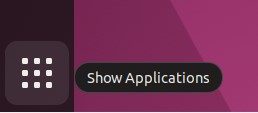
2. Click on Grub Optimizer. You will be prompted for your sudo password, this is required as we are making changes that will be applied system-wide.
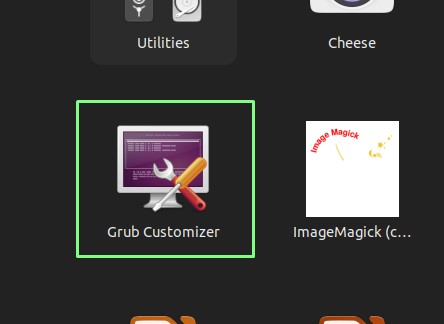
3. Click Appearance Settings. Under List configuration we can change the list of available operating system options that are presented at boot. Change their names, create submenus, etc. General settings provide options for automatically selecting an operating system, passing kernel parameters, and delaying startup. Only change these settings if you know what you are doing.
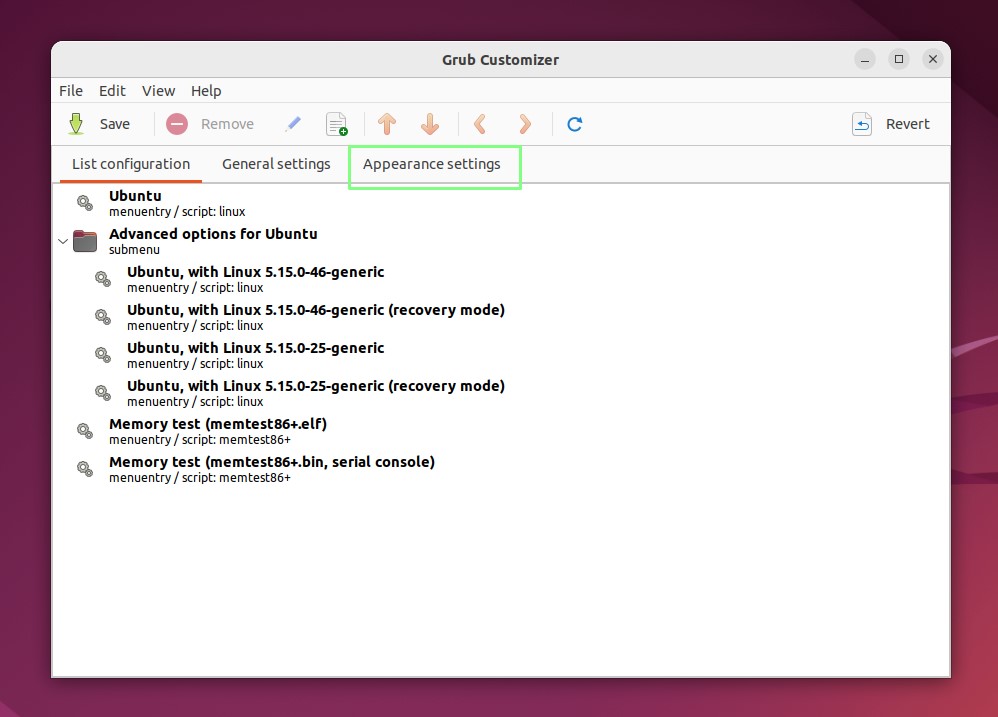
4. Click Background Image.
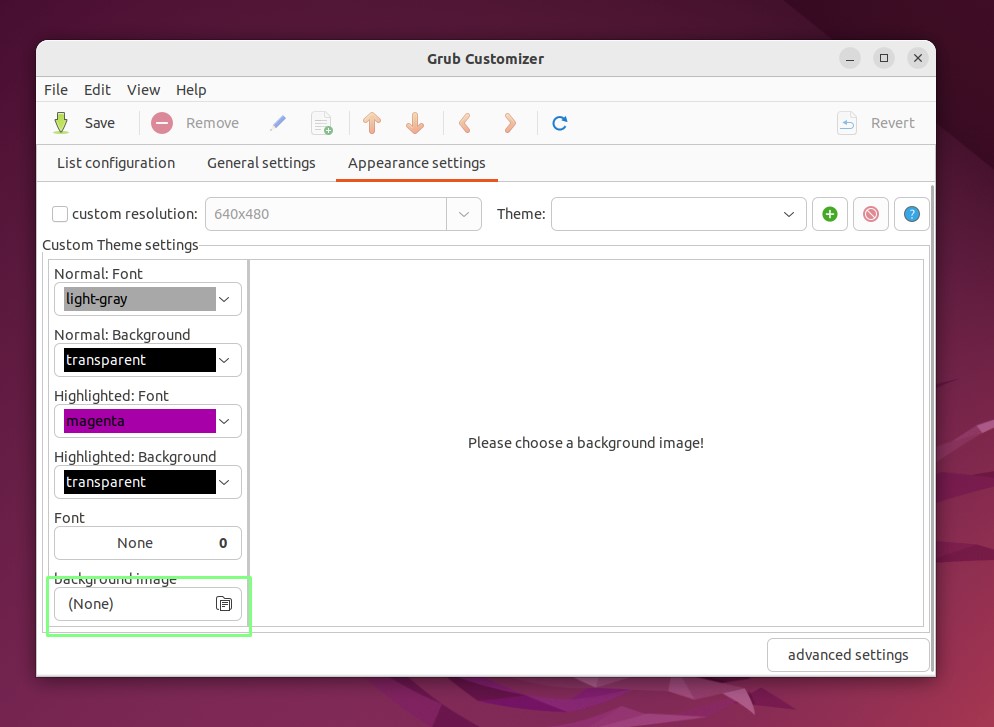
5. Click + Other Places and navigate to the directory with your images. Since we opened Grub Customizer with sudo / root powers, our “home” folder is that of the root user. A PNG or JPEG image at your monitor’s standard resolution is preferred.
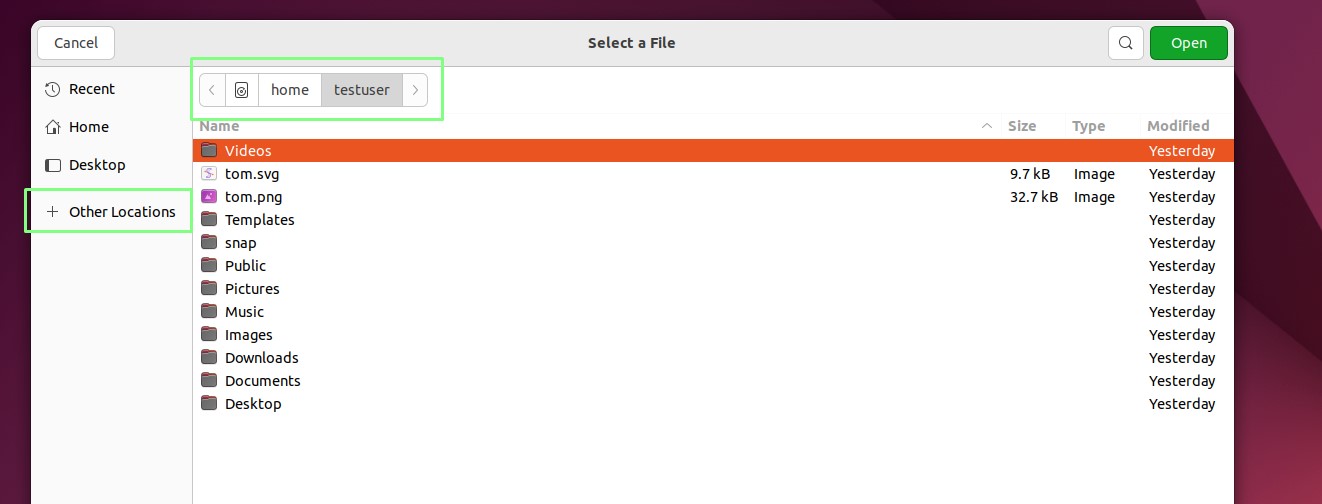
6. With the background image set now, click Save to write the changes.
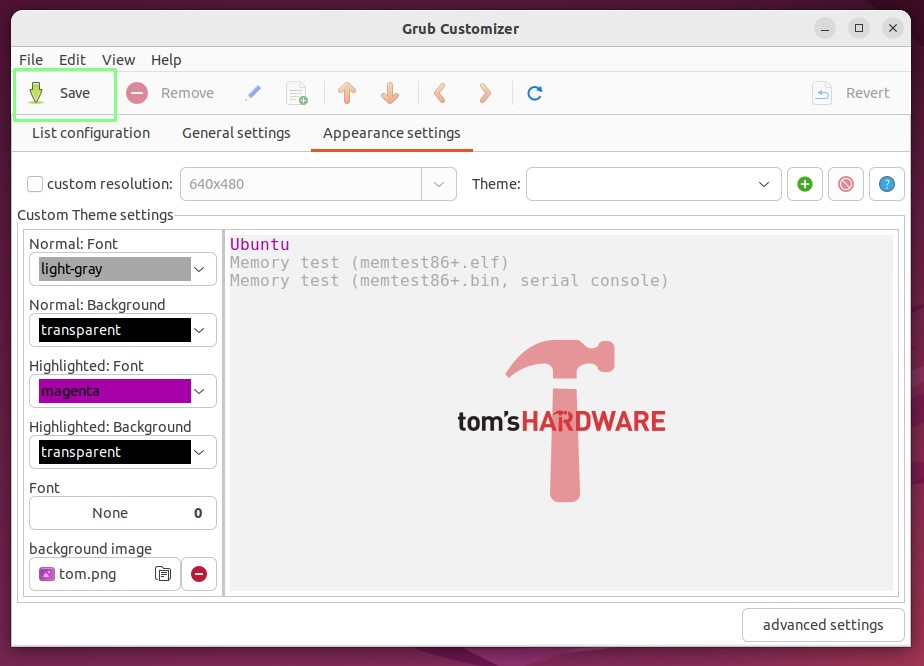
7. Click Advanced Settings. This opens a menu with additional Grub configuration steps.
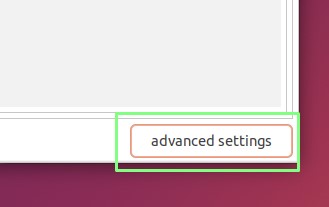
8th. Set GRUB_TIMEOUT_STYLE to “Menu” and GRUB_TIMEOUT to “10”, click Close and then save the changes. This will ensure that the Grub menu appears and if we don’t touch the keyboard, the system will boot in 10 seconds by default.
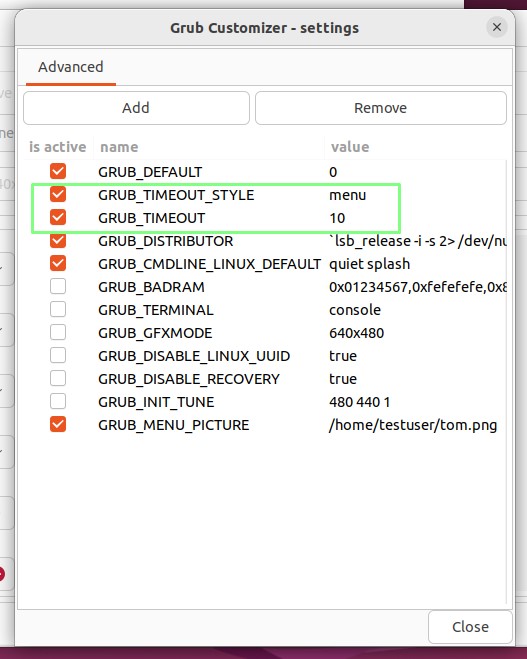
9. Restart your computer, wait for the Grub menu to appear, and then check that your wallpaper loads correctly. If the image fails to load, repeat the previous steps and check the image file format.
